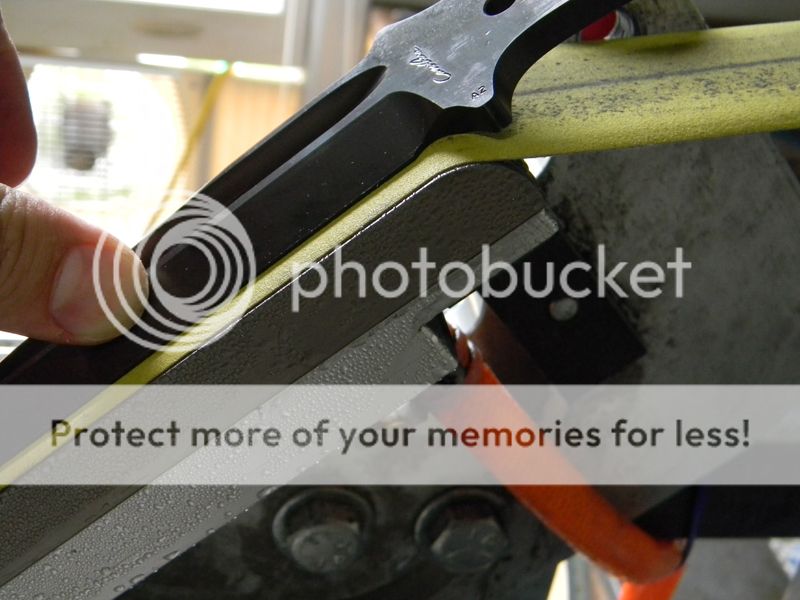- Joined
- Jul 22, 2014
- Messages
- 1,050
Cheater!! Haha... my only problem with this sort of setup is that the plung radius is rather big for me...I can't imagine sitting there sanding it out with little strips of sand paper when you have electricity and an infinitely long strip of sand paper.
You can put a radius on the end of your platen and run your grinder slow


Hey, no fish hooks:thumbup:
It takes about 30 minutes.


